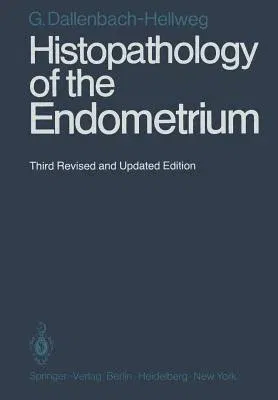Gisela Dallenbach-Hellweg
(Author)Histopathology of the Endometrium (Softcover Reprint of the Original 3rd 1981)Paperback - Softcover Reprint of the Original 3rd 1981, 19 January 2012

Qty
1
Turbo
Ships in 2 - 3 days
In Stock
Free Delivery
Cash on Delivery
15 Days
Free Returns
Secure Checkout
Print Length
359 pages
Language
English
Publisher
Springer
Date Published
19 Jan 2012
ISBN-10
3642966403
ISBN-13
9783642966408
Popular Books
Ships in
Description
Product Details
Author:
Book Edition:
Softcover Reprint of the Original 3rd 1981
Book Format:
Paperback
Country of Origin:
NL
Date Published:
19 January 2012
Dimensions:
24.41 x
16.99 x
1.98 cm
ISBN-10:
3642966403
ISBN-13:
9783642966408
Language:
English
Location:
Berlin, Heidelberg
Pages:
359
Publisher:
Weight:
598.74 gm













